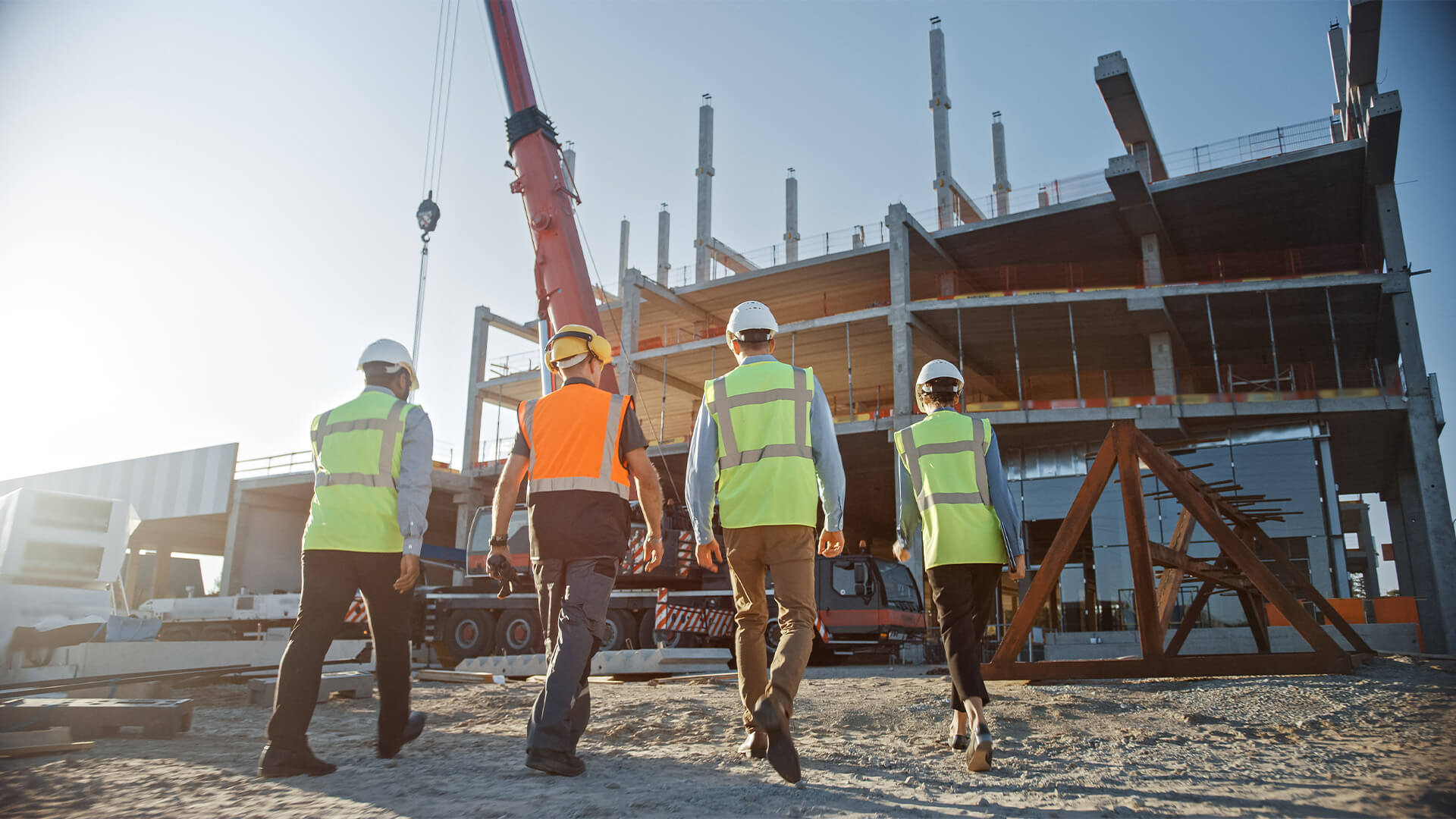The main difference between residential and commercial construction projects is in the name. Residential construction is when housing is built (apartments, flats, and houses), while commercial construction involves industrial facilities, warehouses, and business establishments. There are also many other smaller differences between residential and commercial construction projects. Some of these differences include the building materials that are used, funding, permits, and completion time.
If you’re interested in construction, whether for investment or simply to learn, then this article will outline all of the differences between residential and commercial construction for you:
Permits and Codes
Construction of any type must adhere to specific codes and can only go ahead when permits have been obtained from the state’s issuing body. The reason for this is so that the project proceeds safely, without endangering anybody’s lives during or after the building’s construction. The codes that construction teams must adhere to differ from residential to commercial properties. The reason for this is that the safety concerns in an industrial building aren’t the same as in a residential building. In addition, industrial buildings are usually much larger than residential ones, which makes them more dangerous, especially if heavy machinery is used in them.
Building Materials
As was mentioned in this article’s introduction, building materials also differ in residential and commercial construction projects. According to this commercial construction guide, residential properties are much smaller. This means different materials are used. In the United States, wood is predominantly used for building houses, while commercial properties are usually built from cement, with steel frames. This is because wood is much cheaper than steel, meaning homeowners can save a lot of money. Wood is also sturdy, provided that it is well looked after. However, concrete and steel are much sturdier than wood, which gives commercial buildings longer lifespans and makes them much safer (which is especially important if the building is going to be used as a warehouse or factory).
With all of that said, many houses across the United States are built with bricks, which can be very expensive. Many new-build houses are also constructed from concrete, because of their durability.
Equipment Used
Because different materials are used in the construction of residential and commercial properties, the equipment used is different also. For large-scale commercial properties, cranes and other large pieces of equipment are used. Even the largest house rarely needs a crane. Because of the differences in equipment used, commercial and residential projects also hire different contractors. For commercial projects, crane operators are required, while for residential properties carpenters and stonemasons are often required. Experienced operators are required on commercial jobs so that they can shut down machinery if it becomes dangerous. This isn’t usually the case on residential jobs.
Completion Time
Commercial projects are usually completed much faster than residential properties are because they often need to be used and sold immediately. With that said, commercial projects usually have many more workers than residential projects do, which allows them to be completed faster. In the United States, it takes approximately 80.6 days to build a warehouse, according to the World Bank in 2019. To build a house (according to the U.S. Census Bureau report, also of 2019) takes around seven months, from start to finish.
Commercial projects typically require larger investments, so investors expect the work to be completed faster. However, in some cases, residential projects are streamlined. This is usually the case when large estates are being built, and many of the houses have already been sold through catalogs. Apartment buildings are also usually streamlined and can be completed very quickly.
Building Cost
Another significant difference between residential and commercial projects is the cost. Commercial projects often cost millions more than residential projects do. This is because of all of the aforementioned points (equipment, materials, etc). These projects are often funded differently too. Sometimes, residential properties are paid for by the government while this is rarely the case for commercial real estate projects. Sometimes, real estate projects are funded through crowdsourcing platforms. This is usually the case after a building is destroyed by a natural disaster. There are also some government bursaries available to people who want to build their own homesteads.
Licensing
Another difference is in the licensing required for commercial and residential construction projects. While most contractors have general licenses, which allow them to build both residential and commercial structures, some just have building contractor licenses. A contractor who possesses a building contractor license cannot perform renovations on a residential or commercial property and can only build up to three floors on a residential property. They’re not permitted to build commercial projects, because they do not have the training and qualifications to do so. If a contractor wants to build commercial properties, then they’ll have to undergo extensive training and receive a certificate.
Customization of Design
Most commercial properties are not customized. Instead, they are built almost exactly the same as other local commercial properties. With residential properties, this isn’t the case. Homeowners have a huge amount of control over how their house turns out and how they choose to customize it. Architects are able to be creative with the houses that they are building.
It’s too risky to be creative when you’re building a seventeen-story office building, however.
Residential and commercial construction projects have a lot of differences, as this article demonstrates. It’s important to know these differences before embarking on any construction projects or investing money into one.

































